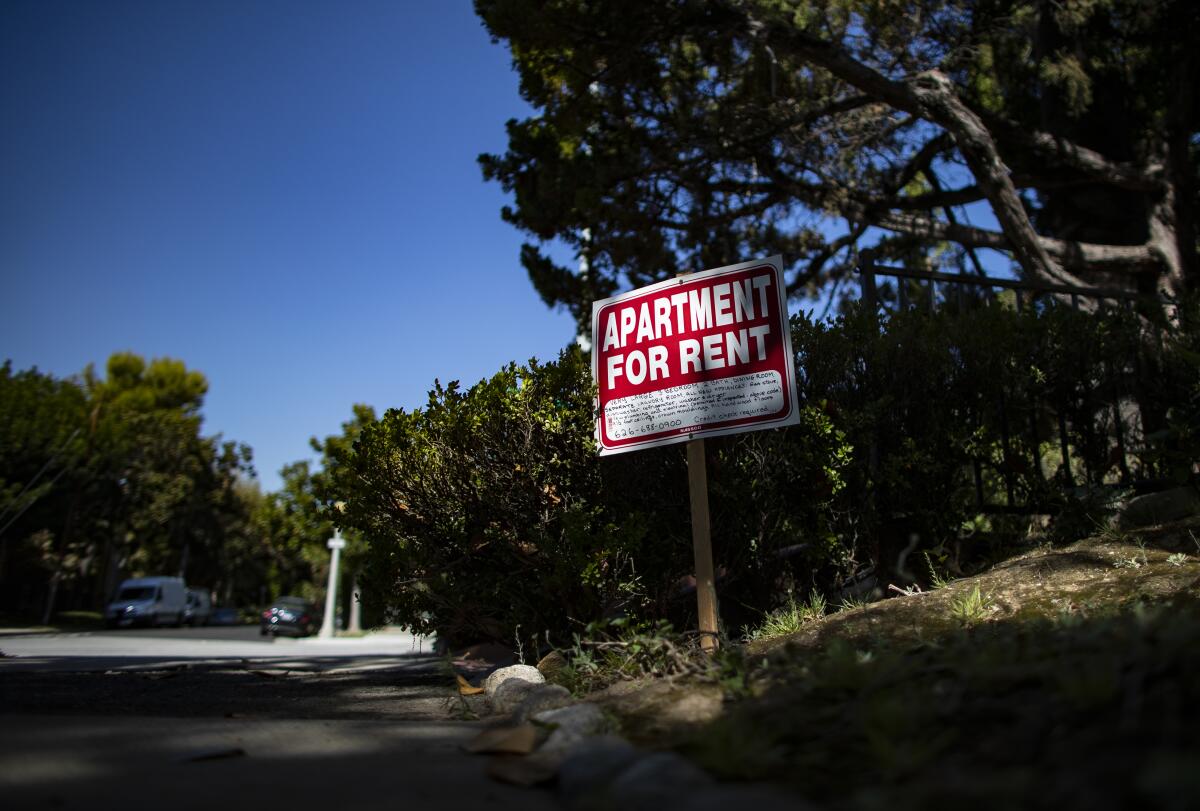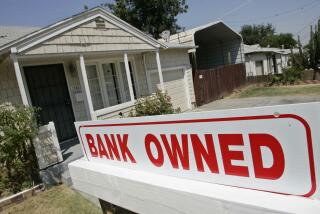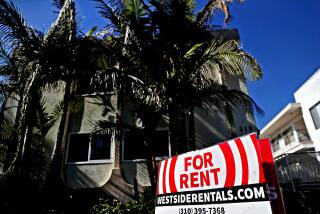Need help paying rent? California is accepting rental relief applications

- Share via
The COVID-19 pandemic has thrown millions of people out of work, with many falling behind on rent. A hodgepodge of temporary eviction restrictions has kept many delinquent renters housed, but missed payments have to be paid back eventually.
To help, California set up a program that uses federal funds from the December stimulus law. The state program is designed to wipe away back rent accumulated by low-income tenants, while providing property owners most of the money those tenants owe.
The application system, for tenants and landlords, went live Monday. Within the first 24 hours, more than 20,000 applications were started.
Lourdes Castro Ramírez, secretary of the state’s Business, Consumer Services and Housing Agency, said the program “will help keep thousands of people in their homes and eliminate a substantial amount of household debt that has been accruing during this pandemic.”
Millions of Americans, especially low-income tenants, are accumulating debt amid the COVID-19 pandemic, threatening to create a downward financial spiral.
A lot rides on the program rolling out successfully. The growing debt burden tenants are incurring not only threatens to force them from their homes, but also could damage their credit and hurt their ability to find new housing. And some property owners say that as rent goes unpaid they are increasingly struggling to keep up with mortgages, property tax and maintenance.
Here’s what you need to know about the California COVID-19 rent relief program:
Who is eligible for help?
To qualify, tenants must have experienced a pandemic-related financial setback and demonstrate some risk of homelessness or housing instability. Tenants must also be low-income, which is defined as having a household income at or below 80% of the median income for an area, often a county.
Because the pandemic has caused a hit to incomes, qualification is based not on pre-pandemic income but on 2020 or current income. You can see area median income levels, by household size, here.
How much help can I receive?
Low-income tenants with pandemic hardships could see all the rent debt they accrued from April 1, 2020, to March 31, 2021, wiped away. For that to happen, a landlord must agree to forgive 20% of the debt. If the landlord does so, the state program pays the property owner the remaining 80%.
If a landlord does not forgive the 20%, low-income tenants can receive funds to pay 25% of their rent for that period.
Under state rules, landlords can’t evict tenants for unpaid rent as long as the tenant pays, by June 30, 25% of what they owe from September 2020 to June 2021.
Under the rent relief program, tenants can get funds that will pay for 25% of their future rent. Utility relief is also available.
Undocumented immigrants are eligible for all the relief, and people will not be asked about their citizenship status.
How do I apply?
Both landlords and tenants can apply at the state’s website here. You can also call 833-430-2122.
If you live in the cities of Los Angeles or Long Beach, your application will be handled locally rather than by the state. Some localities, including those two, have chosen to administer the state program on their own. The rules for how much help you can get, including the option to wipe away debt, are the same, but applications will be handled by those cities, not the state.
Geoffrey Ross, a deputy director at the California Department of Housing and Community Development, said the state is working hard to ensure “there is no wrong door” for getting help. For example, if someone from Los Angeles or a similar city tries to apply on the state’s website, that website then directs them to their local jurisdiction.
According to the Los Angeles Housing and Community Investment Department’s website, it will begin accepting applications for people who live in the city on March 30. Richard de la Torre, a spokesman for Long Beach, said the county’s second-largest city hopes to have an online application “in the coming weeks.”
There are a handful of jurisdictions, such as Santa Clarita and Riverside, that are choosing to use their pot of federal stimulus money to set up their own rent relief programs and craft their rules separate from the state’s.
Ross said people in those locations are still eligible for help under the state program, but their applications may face delays to avoid duplicate payments.
How much money is available?
There is more than $2 billion in rent and utility relief funds available in the state program, administered either directly through the state or by large cities including Los Angeles. An additional $321 million will be available in the entirely separate programs set up by cities such as Santa Clarita.
It’s possible the money won’t be enough to cover everyone who would qualify, but it’s hard to say for sure.
The economic outlook is fluid, and estimates of accumulated rent debt are based on surveys and models, rather than hard data.
The state says it is prioritizing how the money goes out, targeting those most in need.
Is there more money coming to help tenants and landlords?
Yes. The American Rescue Plan signed by President Biden last week includes $21.6 billion in nationwide rental assistance. Exactly how those funds will be distributed hasn’t been hashed out.
More to Read
Inside the business of entertainment
The Wide Shot brings you news, analysis and insights on everything from streaming wars to production — and what it all means for the future.
You may occasionally receive promotional content from the Los Angeles Times.












